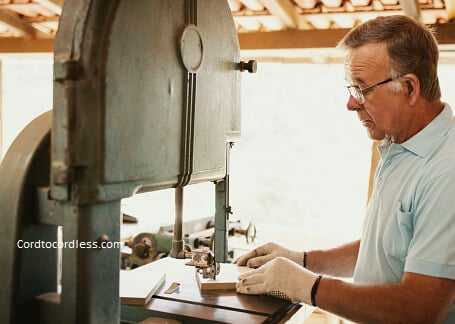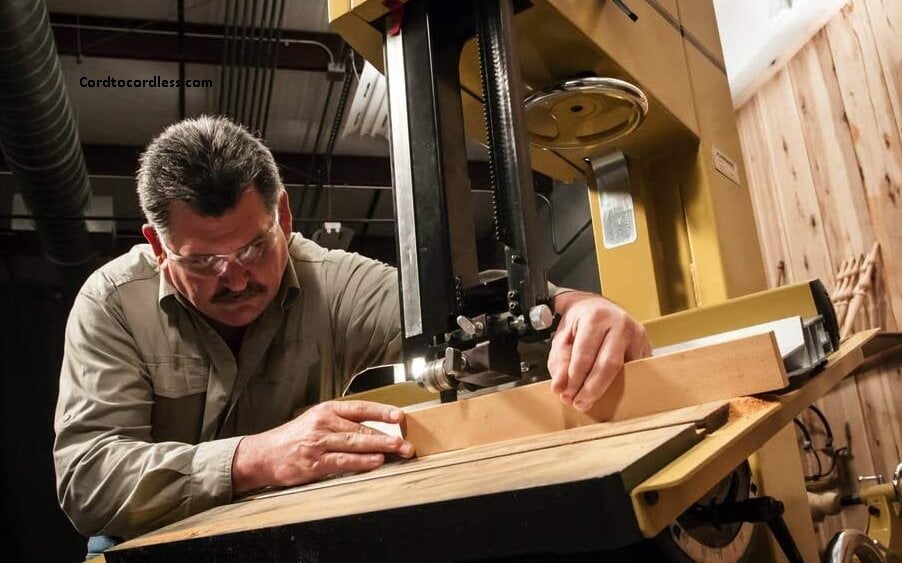A ripping board to thickness is a great technique which can save money and materials in a workshop and that makes it a helpful thing for resawing.
The band saw blade must be at least 3/4 inch wider then the boards being resaw the act of cutting thin boards from a thicker one.
The wider of a bandsaw blade will low the deflection and wandering, as well the blade must have narrow cutting profile which will reduce waste
For making a larger resaw cut, you must have a fence at least as tall as the board(it can be MDF, plywood etc.).

Because this one keeps the workpiece stable in one position as you feed it easily. Moreover if you have a jig to hold the workpiece against the fence will easily make it easier.
The jig can help much like the feather board uses while making veneer strips, but that can hold much higher the workpiece as compared to a traditional feather board.
Resawing, which is usually done on a small scale with a bandsaw, is cutting boards out of small logs.
For that job you require a sled to support the small log on the saw table, using the miter saw slot as a guide if you have that one that is greater otherwise that is for guide.
Sled easily holds the log perfectly and prevents it from rotating, shifting, twisting while resawing.
When you did the cut, turn off the bandsaw that is safe for you, remove the freshly cut board, reposition the log, ease the sled back to the initial point and repeat it again.
Additionally, keep easing the wood through the blade of the saw until it has done the cut. Then you turn off the blade, remove the board, adjust the fence, and repeat.

